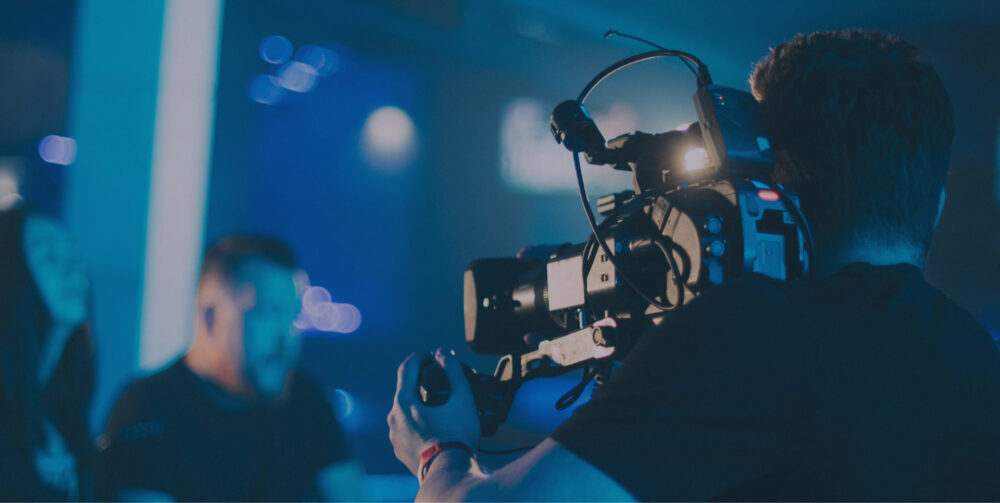
How underwater scenes are shot
The biggest indoor water stage in the world has an impressive 10-meter water depth (33 ft), a huge skylight, and the capability of creating an indoor storm.
Challenge: Hold your breath while reading this blog.
The most advanced underwater studio in the world
How are underwater scenes created? We visited the world's most advanced interior water stage, LITES STUDIOS. The lovely team of LITEs STUDIOS gave us a demo and told us a bit more about the crew and actors training for these impressive shoots.
Some of the questions that popped into our head were: What gear are they using, who is the ‘water crew’, how do they create waves, and, most importantly, how warm is the water?
We dipped our toes in the water and shared all the insights below!
Stormy 32-degree waters
By combining all the benefits of an exterior stage with the interior water stage, they’ve merged the best of both worlds into one.
For instance, they can recreate an actual storm inside the studio and have applied tons of other water effects. Therefore, the stage is purpose-built. That’s why the building’s infrastructure has to be strong enough to resist the force of the waves and well-isolated to keep the water at a constant temperature of 32 degrees (90 F).
Moreover, the water stage has an impressive 10-meter water depth (33 ft) and a huge softbox that acts like a skylight, giving the impression of real lighting.
Usually, when you want to recreate natural lighting or a big outdoor scene, the water temperature and weather conditions are less controllable. Let’s be honest: in Belgium, it rains even more than Kanye West coming in the news. ☔️
💡 Budget pro tip: When shooting water scenes, find a studio that can recreate outdoor settings indoors. That way, you know the exact project cost in advance without having to deal with delays due to unforeseen weather conditions.
Underwater camera housings vs. splash bags
When you say 'underwater shoot', we think, 'wet gear'. But that would not make a good business case for LITES, would it? 🤑 We were very curious to know what gear they usw to film water scenes. What are the underwater film equipment must-haves? How does a water studio work? What do you need to consider when buying underwater camera housing? And how do you get started with underwater filming? Find all answers in this blog post or watch the video below!
Where can we audition for Baywatch?
Just like any other video shoot, a lot of people are involved. Only this time, there are some water-specific roles besides the more typical crew members:
- Technical crew: camera operators, grips, gaffers, riggers, etc.
- Safety crew: the people providing air to the stunts going underwater, and the ‘watchers’ that keep an overall eye on everything, ready to intervene when emergencies occur.
Breathing techniques and safety first
The two most important things to consider when shooting underwater are:
- Safety first;
- Prepping the actors to act on- and underwater.
The first one speaks for itself, right? However, the importance of the second one is often overlooked. You can have all the fancy techniques and systems in the world, but if no one can take action, nothing will happen, and your project will get delayed. Actors (often) require a two- to three-month training to prep them for water scenes, teaching them the right breathing techniques and connecting mind and body until everyone feels confident about the shot.
Bringing a lot of gear on set? Make sure to label everything properly. Find our top labeling tips here!
More of a visual kinda type? Then watch the video below:
More blog articles











